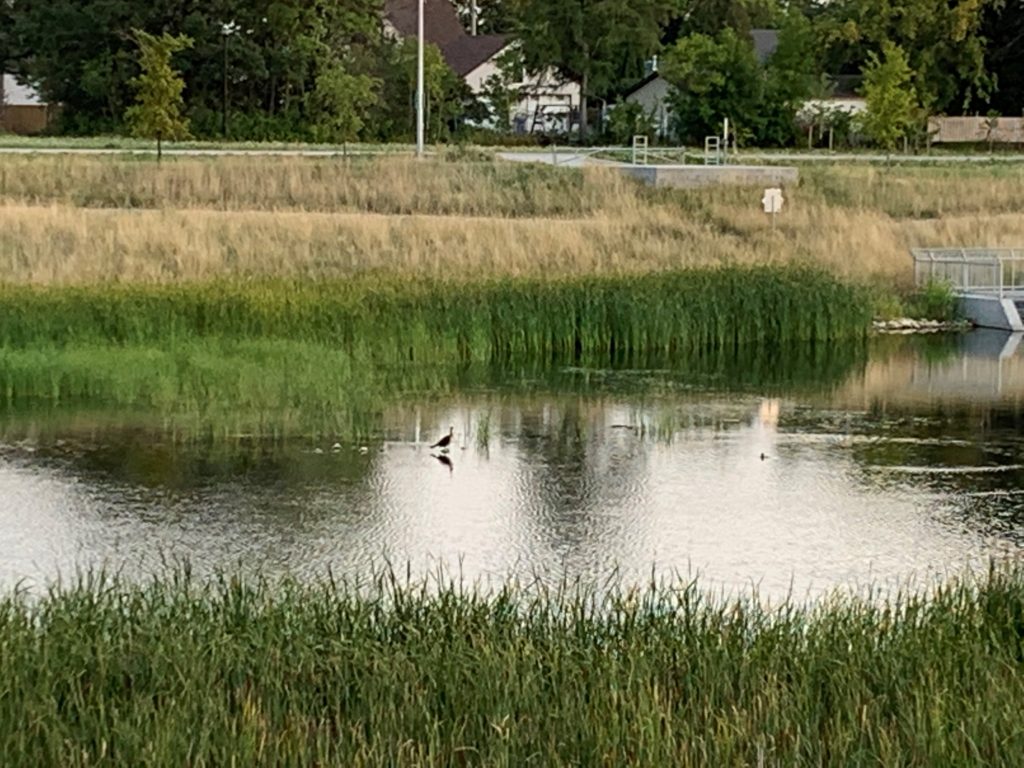Saving basements, attracting butterflies
I believe that it’s incredibly important to take any opportunity we can take to incorporate improvements to our active transportation network and our priceless environment through major civic infrastructure projects in our ward.
Since 2014, I have been proud to advocate for the Cockburn & Calrossie Sewer Relief Project, which has been a shining example of how it’s possible to complete needed upgrades to our key systems while looking beyond the immediate scope of the project to find unique ways to protect against climate change and add options for Winnipeggers to get active with friends and family.
This project in particular was needed to help reduce combined sewer overflows from entering local waterways, lowering water treatment costs by preventing rainwater and snow melt from going to the treatment plant, and minimizing the risk of property damage due to basement flooding in the neighbourhood. In River Heights-Fort Garry, changes to the Cockburn West & Calrossie sewer districts were also required to reduce the release of diluted wastewater into local waterways due to overflows. The project had two major components: the complete sewer separation in several areas and the creation of the Parker Storm Retention Basin (SRB).
The Parker SRB, located near the Beaumont stop on the Southwest Rapid Transit Line, serves both a way to reduce potential basement flooding in times of extreme weather in primarily the Grant Park and Ebby-Wentworth neighbourhoods and year-round as a new greenspace.
As a constructed wetland, this new pond and accompanying 1.3-kilometre walking path loop with another 100 metres of pathway connecting to the Beaumont transit station, not only provides a new option for physical activity but also ensures that there was no net loss of wetlands in the Parker Lands area from both the project overall and the Southwest Rapid Transit leg.
But the benefits don’t end there – the Parker SRB also means improved water quality for the surrounding waterways due to the filtering out of impurities and pollutants in stormwater as it moves through the basin. Additionally, the establishment of low-maintenance native grasses also helps sequester significant amounts of atmospheric carbon (up to 15 times more compared to conventional sod).
Not only was the basin designed to improve the quality of our water and our physical health, it was also intentionally crafted to create an improved habitat for butterflies and other pollinator species, which are crucial to a healthy and productive ecosystem. By planting native perennials, including milkweed, multiple varieties of wheatgrass, purple prairie clover, Canada wild rye and more, species such as birds, bees, butterflies, and others have been given a new place to land and better our community’s environment.
While the pond and path are ready for you to enjoy now, it’s only going to get better in the years to come. As more and more native grasses grow and fill in around the basin, new species of insects and birds will hopefully begin to visit for all to enjoy.
I look forward to seeing more of these opportunities to blend form and function as Combined Sewer Overflow projects take shape around Winnipeg in the years to come.
City Councillor John Orlikow
River Heights – Fort Garry Ward

